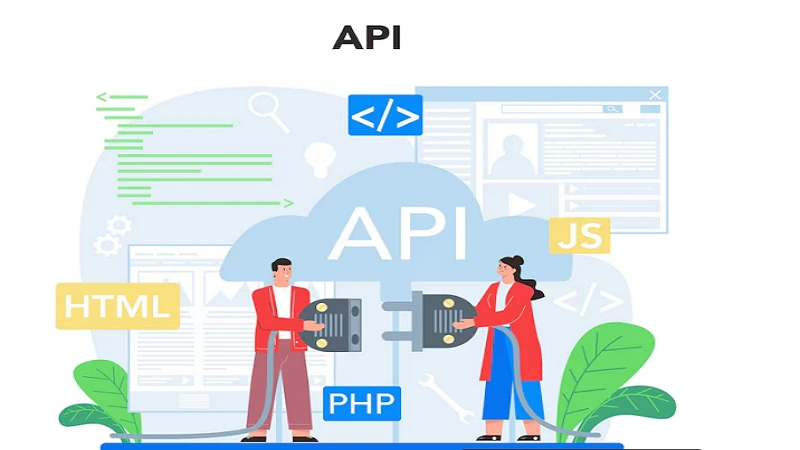In this article, we will explore the reasons behind Chevy’s pause on its EV initiatives, what it means for the future of electric vehicles, and the practical steps other automakers may take in light of this development.
Why Did Chevy Pause EV Production?
Chevrolet’s decision to pause production of certain electric vehicles has been widely discussed in tech circles, especially following reports from TechCrunch. The reasons for this pause are multi-faceted, involving a combination of supply chain issues, market conditions, and internal challenges.
1. Supply Chain Constraints
The global supply chain for electric vehicles, particularly for key components like semiconductors, batteries, and rare earth materials, has been severely disrupted in recent years. Chevrolet, like many automakers, has faced challenges securing the necessary materials to keep its production lines running smoothly. This has impacted the pace at which new EV models are released.
Chevrolet’s flagship electric vehicle, the Chevy Silverado EV, is among the models affected by these constraints. With a high demand for components such as lithium-ion batteries and chips, automakers are often forced to make tough decisions, including pausing production to avoid over-promising and under-delivering.
2. Cost and Profitability Concerns
Electric vehicles are expensive to manufacture, and while consumer demand is rising, EVs are still not as profitable as their ICE counterparts for many automakers. Companies like Chevrolet have invested heavily in EV infrastructure, but cost management remains a significant concern. Pausing production allows the company to reassess its pricing strategy, consider cost-reduction strategies, and ensure that the long-term profitability of these vehicles is not jeopardized.
3. R&D Delays and Technological Challenges
EV development is inherently complex. In addition to hardware, automakers must continuously evolve software, battery technologies, and other digital elements of the car. For instance, Chevy’s Ultium platform for EVs is one of the most ambitious components of their electric strategy, but it requires continuous refinement. Technological challenges, particularly around battery management systems and energy density, could be contributing to the pause.
The process of transitioning from traditional combustion engines to electric powertrains isn’t just about swapping out the engine—it’s an entire rethinking of vehicle architecture. As such, automakers often face delays in integrating new technologies, making it critical for them to take a step back and pause production when necessary to ensure that vehicles meet both safety and performance standards.
4. Market Conditions
The EV market is maturing, and consumer preferences are shifting. While demand for EVs continues to rise, competition is also intensifying. Manufacturers like Tesla, Rivian, Ford, and even startups like Lucid Motors are all vying for a slice of the EV pie. Chevy’s decision to pause production may also be related to an assessment of market dynamics and ensuring they release models that can compete effectively.
In addition, rising interest rates and inflation have created economic uncertainty, potentially reducing consumer spending power. Automakers like Chevrolet need to adapt to these conditions by taking strategic pauses in production to align their offerings with market demand.
Impact of the Pause on the EV Landscape
While this pause may be seen as a temporary setback for Chevy, it has broader implications for the electric vehicle landscape. Let’s explore the potential impacts on the industry.
1. A Setback for the EV Transition
Chevrolet’s EV pause underscores the ongoing challenges the automotive industry faces in transitioning to an all-electric future. While significant strides have been made in electrification, scaling production and overcoming supply chain bottlenecks remain major hurdles. This pause may delay the widespread adoption of electric vehicles, particularly in markets where Chevrolet’s presence is strong.
For consumers who were eagerly awaiting the release of new Chevy EV models like the Bolt EUV or Silverado EV, the pause could be disappointing. However, it’s important to recognize that Chevrolet is not abandoning its electric vehicle strategy entirely. Instead, the company is recalibrating its approach to ensure a more sustainable and scalable EV business in the long term.
2. A Wake-Up Call for Other Automakers
Chevy’s decision to pause its EV production is a reminder that the road to electrification is not without challenges. Other automakers, especially those with limited EV experience, will likely take note of this decision. It could serve as a cautionary tale about over-ambitious production targets or misaligned market strategies.
In response, manufacturers may focus more on refining their supply chain management, securing reliable access to materials, and balancing their EV and ICE vehicle portfolios more carefully. The pause could trigger further innovation and adaptability, as manufacturers aim to avoid similar pitfalls.
3. Opportunity for Competitors
For competitors in the EV market, Chevrolet’s pause presents an opportunity. Companies like Tesla, Ford, and Rivian may see increased market share in the short term as consumers look to other manufacturers for their electric vehicle needs. Tesla, in particular, is poised to benefit from its strong brand presence and established EV infrastructure, further consolidating its position as the leader in electric vehicles.
Practical Steps for Chevy Moving Forward
As Chevrolet works through its current challenges, there are several practical steps the company could take to regain momentum and ensure the continued success of its electric vehicle initiatives.
1. Streamline Production and Supply Chain
Chevrolet must address the bottlenecks in its supply chain by diversifying its supplier base and securing long-term contracts for essential materials. This would help mitigate risks associated with reliance on a few suppliers and make production more stable. Additionally, investing in domestic battery manufacturing could reduce dependence on foreign suppliers and improve overall supply chain resilience.
2. Leverage Strategic Partnerships
Partnering with companies in the tech and energy sectors could provide Chevrolet with the expertise needed to accelerate EV production. For example, working with battery manufacturers or tech firms specializing in autonomous driving technology could enhance the value proposition of their EV models.
3. Innovate and Differentiate
Chevrolet needs to differentiate its EV models from the competition. Beyond performance and battery life, offering unique features like enhanced user experiences, cutting-edge software updates, and improved customer support could make their vehicles stand out. Developing partnerships with tech companies to integrate AI, machine learning, and connectivity features could further enhance the brand’s appeal.
4. Focus on Consumer Education
The transition to electric vehicles can be daunting for many consumers. Chevrolet could do more to educate potential buyers about the long-term benefits of owning an EV, including lower maintenance costs and a reduced carbon footprint. Creating engaging content and conducting EV workshops could help consumers feel more confident in making the switch to electric.
5. Expand Charging Infrastructure
A robust charging infrastructure is crucial for the success of electric vehicles. Chevy could invest in expanding its network of charging stations or partner with existing providers to ensure that its customers have easy access to charging solutions. This would alleviate range anxiety and encourage more people to consider EVs as a viable transportation option.
Conclusion
Chevrolet’s decision to pause production of certain electric vehicle models is a significant development in the EV landscape. While it may seem like a setback, this pause is a strategic move aimed at addressing supply chain issues, market conditions, and long-term profitability concerns. It also serves as a reminder of the complexities involved in the transition to an all-electric future.
For the broader industry, Chevy’s pause may prompt other automakers to reconsider their EV strategies, focusing on more sustainable growth and innovative solutions. Meanwhile, competitors like Tesla, Rivian, and Ford will continue to push forward, potentially filling the gap left by Chevy in the short term.
Ultimately, this setback will likely spur growth and innovation as Chevrolet and other manufacturers refine their approach to EV production, helping the automotive world take one step closer to a greener, more sustainable future.










